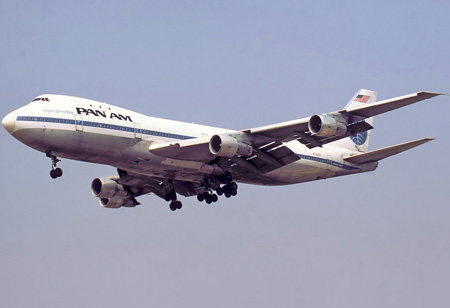THANK YOU FOR SUBSCRIBING
Four Key Trends Changing the Facets of Aviation Industry
Although we are moving toward a future of modernized planes and automated flights, we will not be able to accomplish our goal without overcoming the current skill gap in the workforce.

By
Apac CIOOutlook | Wednesday, September 01, 2021
Stay ahead of the industry with exclusive feature stories on the top companies, expert insights and the latest news delivered straight to your inbox. Subscribe today.
Although we are moving toward a future of modernized planes and automated flights, we will not be able to accomplish our goal without overcoming the current skill gap in the workforce.
FREMONT, CA: The aviation business is not immune to the digital wave's effects, reverberating across industries and organizations. It is not, however, one of the digital revolution's forerunners. Instead, it is merely reacting to new technologies and following trends to keep up with the wants and expectations of modern passengers. Let us look at four trends in the aviation sector:
Big Data
The move towards data democratization is enabling the sector to make data-driven strategic decisions. In combination with AI and machine learning, big data is assisting the industry in predicting and forecasting consumer behavior to fine-tune its approach. Given that data is fast becoming the most precious asset in the digital era, it's only prudent to use data mining techniques to design a solid strategy with a high chance of success.
Workforce and skills
Everyone in the aviation industry, from pilots to employees to engineers to air traffic controllers and safety inspectors, must upskill in order to be relevant and competent in the digital future. To oversee the move from manual to automated, there will be numerous legal and moral adjustments. Because of the predominance of automation, some employment in the sector will be automated, but new ones for manual workers will be created.
Biometrics
Biometric verification methods such as facial recognition, fingerprint authentication, and retinal scanning will become the norm. In addition, the entire verification procedure will soon be paperless, thanks to the integration of biometric systems for border control, airport check-ins, on-boarding, and migration formalities. This will be extended to the baggage claim procedure, allowing passengers to follow their bags in real-time.
In-flight connectivity
The world is becoming more linked, and the connection is becoming a commercial requirement. Airlines can expect in-flight connectivity in the future, eliminating the need to disconnect phones while flying. Following the introduction of free Wi-Fi services at airports, airlines are also beginning to offer the service on-board.
See Also: Top Aviation Technology Companies





